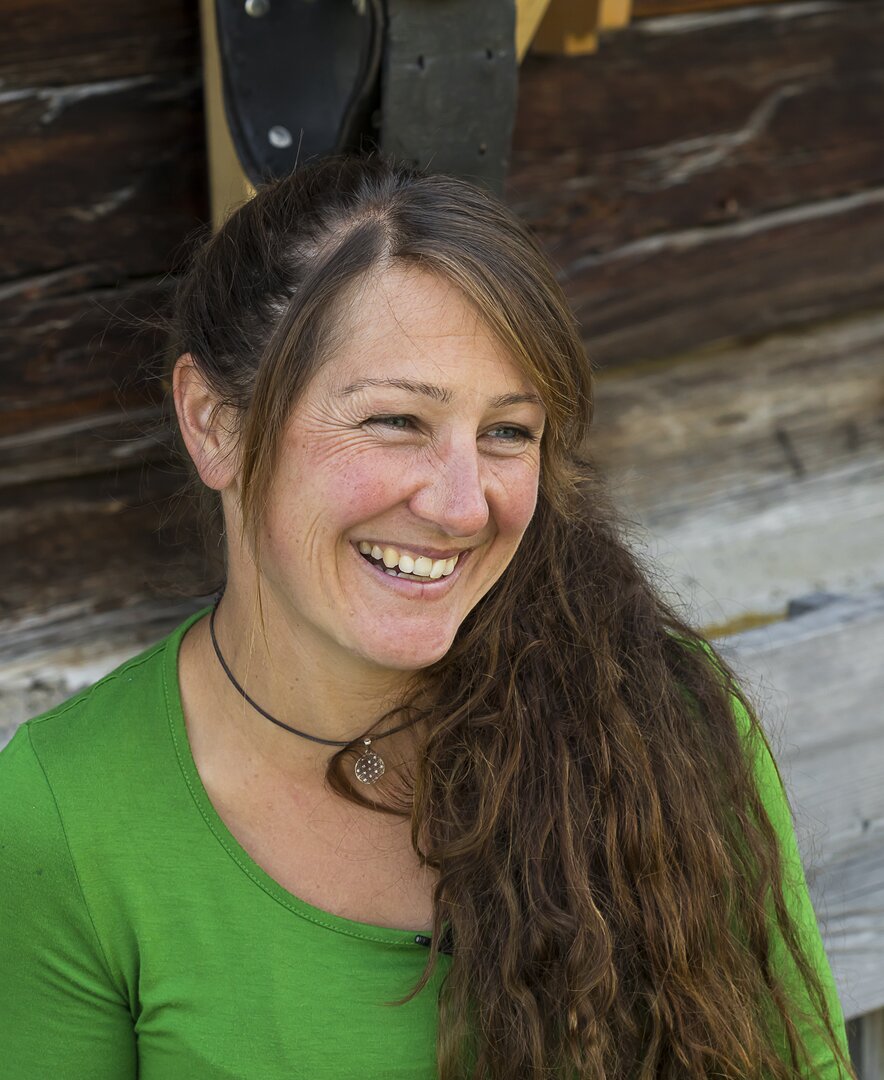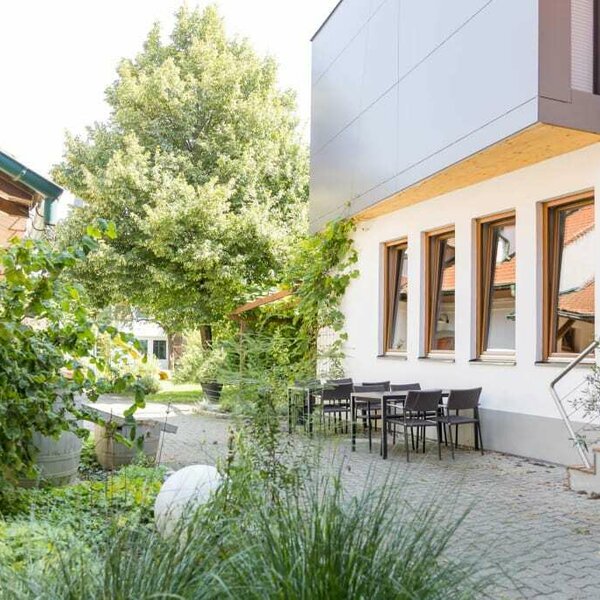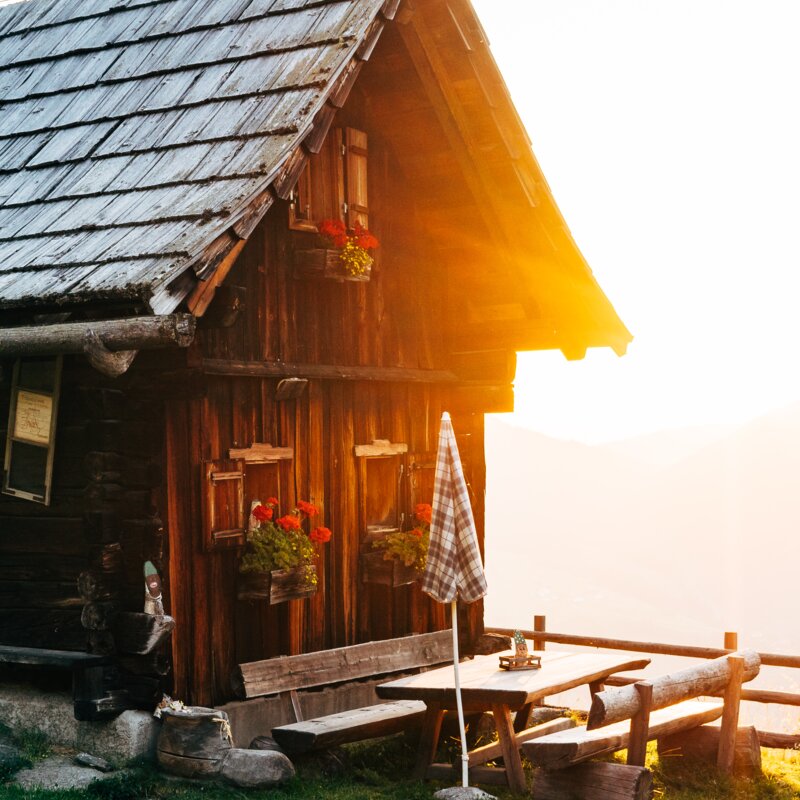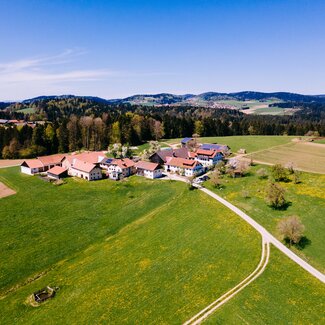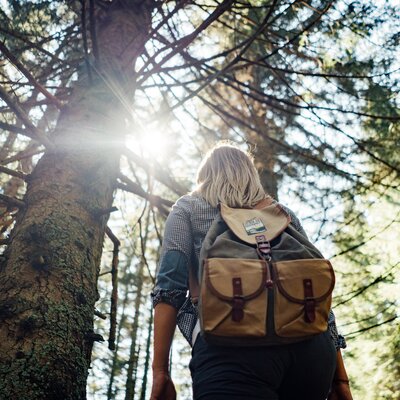The Appeal of Remoteness
In the Alpine regions, it’s common for farmers to drive their livestock to an “Alm” for summer. An “Alm”, that’s the lush mountain pastures high up in the mountains. And it’s the word for a mountain cabin, usually built as a shelter for the herdsman or dairywoman who took care of the animals. Martina has been spending her summer in the mountains, working on an “Alm” for 15 years. Her current residence and workplace, the mountain cabin “Piffalm” in Salzburg, is a very special place indeed.
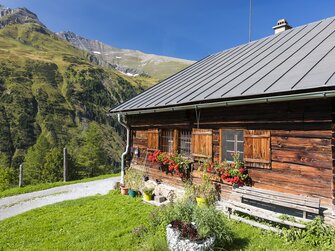
Learning Experience and Wow Factor
The breathtaking view adds a definite wow factor to the mountain cabin “Piffalm”. Set on an altitude of 1,500m above the village of Ferleiten, the glaciers and 3,000m peaks of the Hohe Tauern National Park are the most picturesque backdrop. But the “Piffalm” is a special place in other respects too. It’s owned by the agricultural school in Bruck. Down in the valley, Martina Mühlbauer runs the farm that’s part of the school. At least in winter. In early summer, however, Martina exchanges the ringing of school bells for the whistling of marmots. It’s the time when she joins the school’s livestock at their summer retreat, the mountain cabin “Piffalm”. Sometimes, the students visit her for some practical training: building fences, forestry work, water management. But most of the time, Martina is alone. A dairywoman for the summer. “In autumn, I go back to the valley and continue working with my animals at school”, she adds. “That’s ideal. At the other mountain cabins I worked at, driving the cattle down to the valley on the last day was the worst. Because then it was time to return the cows to the farmer. And I can tell you, you really get attached to them.”
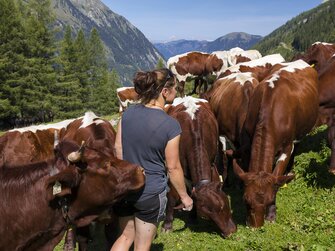
An Additional Snack on the Upper Floor
Actually, why do farmers drive their livestock up to the high mountain pastures in summer? In order to increase the amount of grazing land. For centuries, farmers have been practicing this method called “Alpine transhumance”. It’s an adjustment to the fact that, in mountainous terrain, pastures are scarce on the valley floor. Too scarce to feed livestock all year round. Speaking of food: Martina doesn’t serve food to guests. This would be too much work. After all, she’s taking care of 37 dairy cows and about 50 head of cattle. A pig, four hens, 10 horses, 40 goats and around 100 sheep also call the “Piffalm” their home.
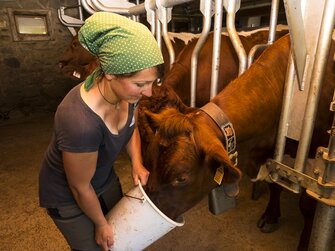
Workout in the Mountains
Martina’s daily workout looks like this: “The alarm goes off at 4.30am. The first thing I do in the morning is milking the cows. It’s a daily routine: gently moving the cows to the milking stanchion, cleaning each cow’s udder with some wood wool, attaching the milking machine, milking, letting the cows outside again.” Martina makes cottage cheese from a small part of the fresh milk. The rest of it is collected by the dairy van every second day. It drives all the way up to the mountain cabin via the Grossglockner High Alpine Road. “After the daily milking has been done, it’s time to clean the barn. And then, the cows go back to the pastures and I have some breakfast. In the evening, the cows are milked a second time. Until then, I do everything that needs to be done.” Moving fences, for example.
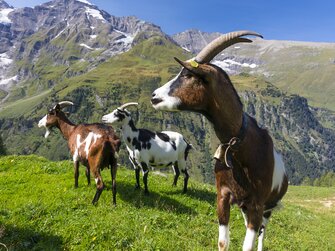
Grazing as a Form of Landscape Maintenance
It’s obviously a lot of work. Nowadays, not many people make this effort. “Look, over there!”, Martina shouts as we’re heading up the pastures on the pretty steep mountain slopes looking for young cattle and goats that are outside the fence. Martina points at a slope beyond “her” grazing lands. Bushes and shrubs have taken over. That’s what happens when a farmer throws in the towel and abandons an unprofitable mountain pasture. Alpine pastures are not purely natural. In fact, they are a type of cultural landscape. Hundreds of years ago, humans have cleared the forests. On the pastures that evolved, they put their livestock to graze. Since then, the hungry mouths of the animals are actually necessary in order to prevent the pastures being overgrown with bushes. “In my herd, my goats are in charge of that”, Martina says. “You can see them over there.” The local tourism industry also benefits from their appetite. The lush alpine pastures high up in the mountains provide for picturesque landscapes and lovely views - an integral part of Austria as a travel destination. Well, we’ve found the goats now. But where’s the flock of young cattle? Martina calls them again. “Kiah-dei, come here!” And there they are. While we’re still wondering how such a small animal (159 centimetres, to be precise) can make such a loud sound (feels like 120 decibels), the first ones are popping up around the corner.
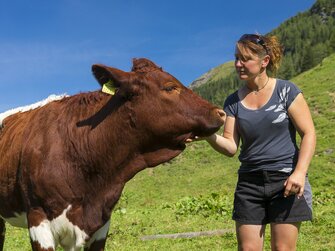
A Give and a Take
“These are the best moments of my summer here”, Martina says happily. “I call my cows and they come to see me, without any troubles.” Perhaps, it’s got to do with the way she treats them. She cooperates with them instead of menacing them. “If you treat animals with love and consideration, they will give this back to you”, Martina thinks. “The cows are my employees, you know. Good companies also have to look after their employees if they want to be successful.” Since the cows are part of an agricultural school, they have got used to being around humans. Martina even spends the whole year with them. This is why she can get as close to her cattle as no one else. Closer than anyone who simply walks by. “I know every single one of my cows. Each of them has a unique character and wants to be treated accordingly.”
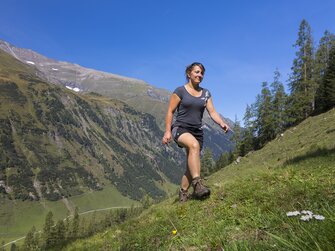
Leaders and Hermits
“It’s interesting to see how their social structure changes as soon as they are here, in the mountains. In some cases you’d think that a cow is ranking lower on the hierarchy. But here, on the alpine pastures, it’s suddenly the boss of the herd! Take Wally, for example. In the morning, after milking her, I tell her: ‘Wally, go and take the others to the pasture!’ And indeed. She leads the way independently and the entire herd follows her. I need those cows. If I had to give each and every one of them a shove on the backside, I couldn’t go on with other things!” Then again, there are others who are real loners as soon as they’re here. “Wohlmut is one of them. She sneaks away from the others, beyond all the fences, and walks up high into the mountains. And there, she lies down. All by herself. That’s pretty unusual for a cow. But Wohlmut knows: Up there, that’s her piece of paradise. That’s where she resides like Queen Mum. Yes, I’m convinced that the cows also enjoy their time up here, on the alpine pastures.”
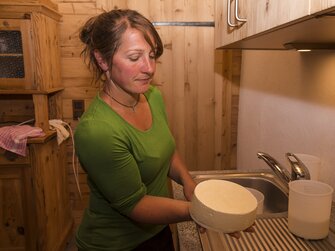
Light and Shade
Martina also switches to a certain mode during her time in the mountain cabin. “Here, in the mountains, my daily rhythm and the weather are the only things that my work depends on. I can be who I am. You dedicate your life to the animals. You live with nature. You’re far away from the daily hassles that people in the valley worry about.” But also here, it’s not all sunshine and roses. “Sometimes, not all of my animals come home safe and sound in autumn. That’s the worst for me”, Martina says. “Last year, my foal got struck by lightning. Nothing could be tougher.”
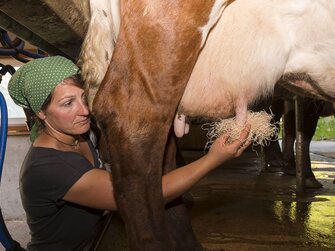
The Price of Idyllic Moments
Living in the mountains is heaven - but only in movies. In real life, dairywomen and dairymen have a demanding job. Every day. Also during a snow storm that might come up, even in summer. Holidays? Not a single day. Instead, seven working days a week. The daily milking needs to be done. The cows don’t care if it’s a Sunday. “It’s no cakewalk, of course”, Martina says. “But for me, it wouldn’t be enough to sunbath all day long. I need a challenge.”
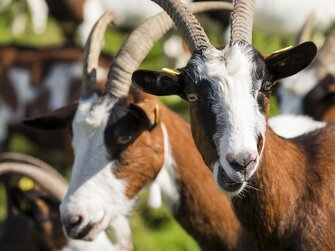
Having Itchy Feet
Soon, Martina will take her livestock and return to the valley. The cattle will enjoy the dry barn, the tender loving care of the students - and the electric cow brush. At least for a while. In springtime, however, when the landscape begins to display every possible shade of green, they can’t wait to get going. “Then, I’m getting itchy feet again”, Martina tells us. “My cows want to go back up to the mountains and so do I!” Next year, Martina will spend her summer at the mountain cabin “Piffalm” again. For the eight time in a row. Those who love the mountains just can’t stop going there. But they wouldn’t want that anyways.
